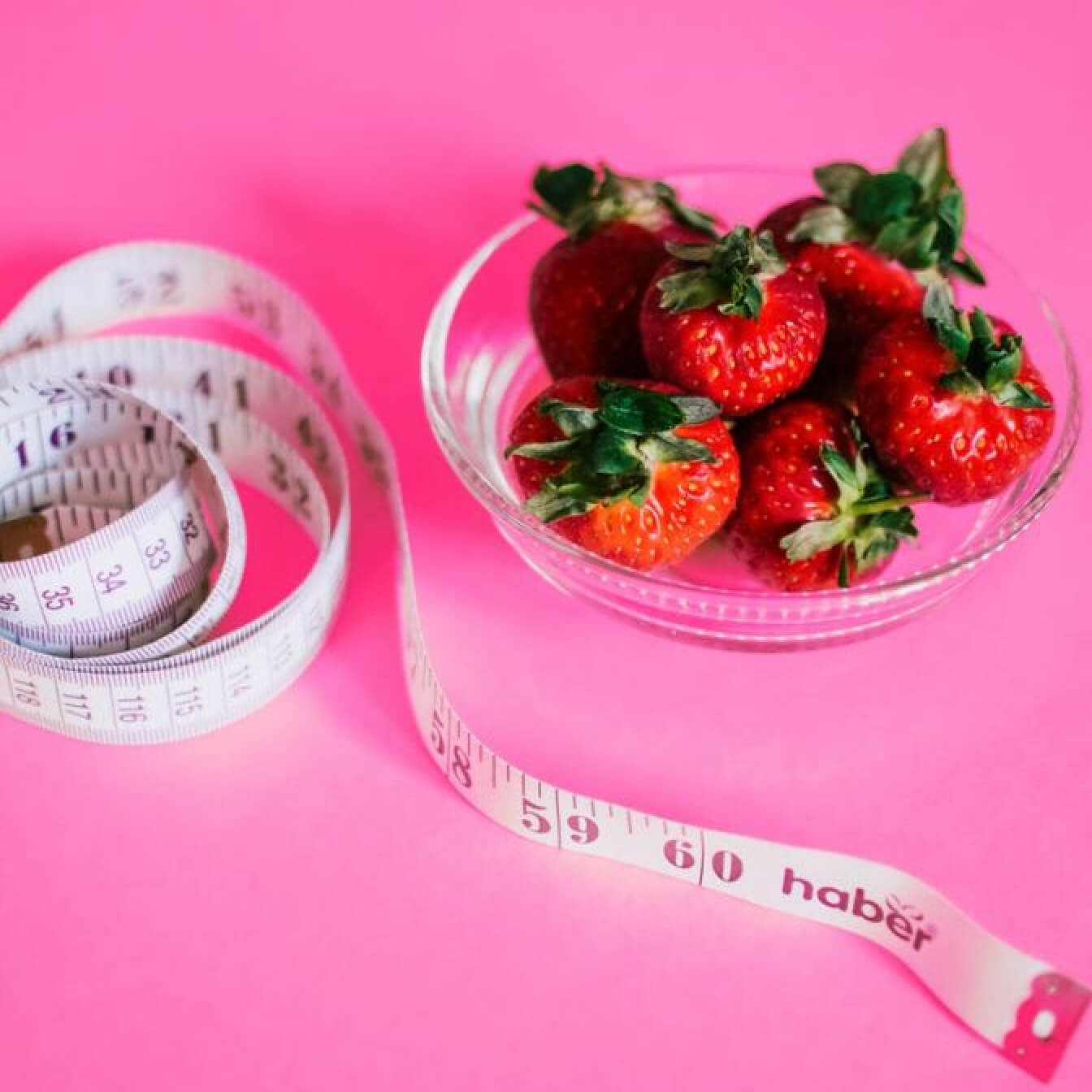Post-Pregnancy Skin Care Tips
- Main Image
-

- Title
- Post-Pregnancy Skin Care Tips
- Short Description
-
You might have noticed changes on your skin due to post pregnancy hormonal changes. Fortunately, there are skin care tips that can help.
- Detail Page Path




